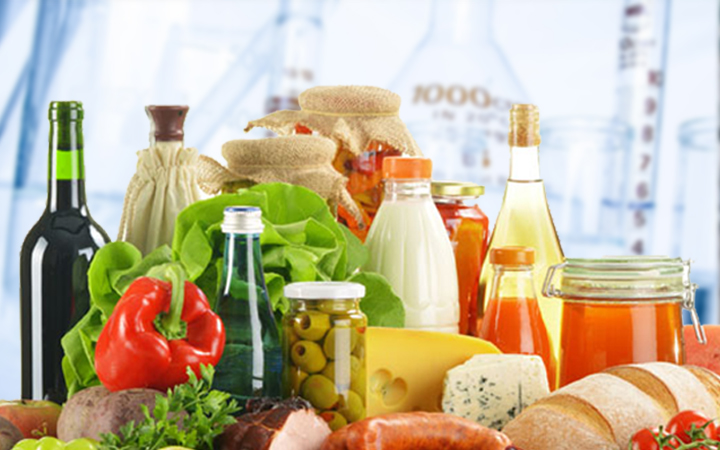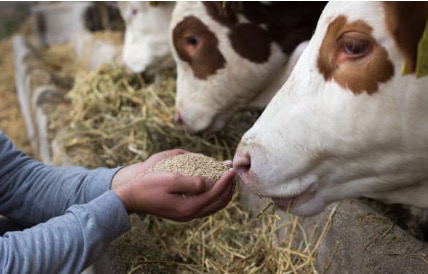 Are residues of pesticides in the milk? Salmonella in eggs? Does the meat contain excessive residues of antibiotics? Is the fish already spoiled? And does the expensive wine illicitly contain sweeteners?
Are residues of pesticides in the milk? Salmonella in eggs? Does the meat contain excessive residues of antibiotics? Is the fish already spoiled? And does the expensive wine illicitly contain sweeteners?
Anyone who has come into contact with spoiled food knows how sensitively our body reacts to it. However, not all impurities are noticed by us. Residues of pesticides, antibiotics or other contaminations could be harmful, but are only detectable with food and animal feed analytics. And some additives are not harmful, but only make the product less valuable or lead to confusion for the consumer.
Testing the food
The Food and Consumer Protection Act therefore sets very strict standards to prevent harmful food entering the market in the first place, especially for manufacturers and processors. They must ensure that our food is of good quality and contains what is promised: for example, honey is not allowed to contain pesticides or sweeteners and organic wine cannot contain yeast. This is monitored by AGES (Austrian Agency for Health and Food Safety) – either by random sampling or upon concrete suspicion.
To avoid inedible, contaminated, harmful or wrong food products entering the market, they are subjected to extensive tests. This is especially the case for meat products, cereals and dairy products but also fruit, vegetables, oils and dry goods, such as nuts, chips or sweets. Everything that is put on shelves has to fulfil certain quality standards and be checked for contaminations.

Or testing the animal feed?
To ensure that meat and other animal products on our shelves remain as good as they are, it is not enough to only test the meat. When contaminants or toxins are detected in the final product, it is often due to contamination in animal feed. Animals absorb the contaminants through the feed and can deposit them in the organs, blood vessels and muscle tissue. Hence, it is even more important to specifically search for antibiotics and other problematic substances in animal feed.
Methods of food analytics
- Gas Chromatography (GC) for vaporable samples: this method identifies pesticides and other contaminants, aroma, sugar substitutes, fats and oils.
- High Performance Liquid Chromatography (HPLC) for non-evaporable substances: it identifies contaminants and food additives.
- Mass Spectrometry (MS): the LC-MS method is standardly used to detect mold in grains and fruits.
- Atom Absorptions Spectrometry (AAS): this procedure detects metals and half-metals.
- Photometry: determines the nitrite content in sausages.
- Nuclear Magnetic Resonance (NMR) spectrometry detects forged food products.
- Near-infrared (NIR) spectroscopy controls the composition of food, for instance, the proportion of fat, proteins and carbohydrates.
How does Elabscience fit into food analytics?
Our manufacturer Elabscience offers a huge variety of ELISA tests and lateral flow rapid tests for food and animal feed analytics. Among others, Elabscience supplies tests for the analysis of meat products, fish and sea food as well as milk products, eggs, honey and liquids such as drinks, oils and water.
You can find the 10 most important kits for food analytics in the leaflet "Food Safety". For further information, please feel free to contact our team for research products and biochemicals.

 Deutsch
Deutsch



